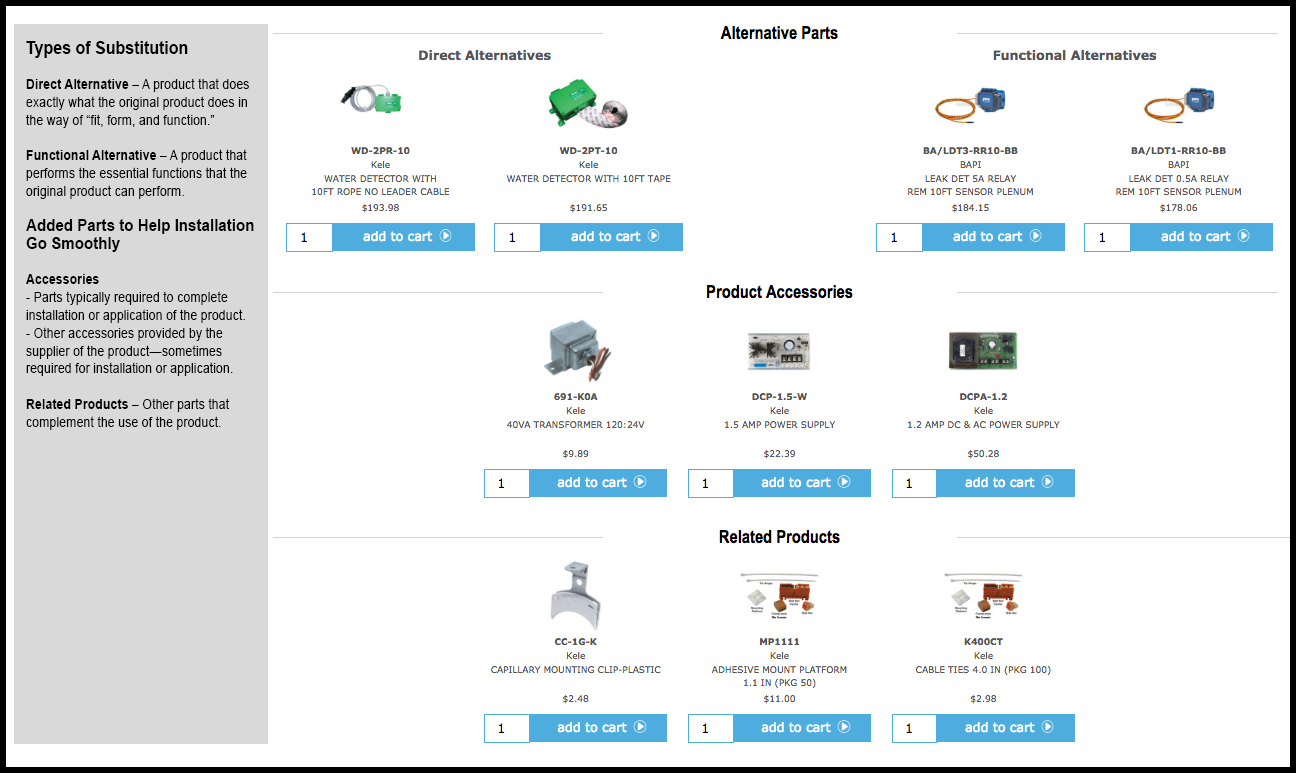Contributed by Ruskin
A fire damper can be defined as “a device installed in ducts and air transfer opening of an air distribution or smoke control system designed to close automatically upon detection of heat. It also serves to interrupt migratory airflow, resist the passage of flame, and maintain the integrity of the fire rated separation.” Its primary function is to prevent the passage of flame from one side of a fire-rated separation to the other.
The significant protection capabilities of fire dampers to life and property are now widely recognized by Facility Managers throughout the United States. More and more Authorities Having Jurisdiction (AHJ’s) and building owners are requiring fire dampers to be operational tested and maintained on a regular basis.
AHJ’s are requiring operational tests to determine if the damper will function when needed in order to resist the spread of fire. Operational testing normally involves removing or melting the fusible link and letting the damper close. Once the damper has proven to close, it is reopened, and the fuse link replaced. All the dampers installed in a building must be tested prior to occupancy and again 1 year later under normal operating conditions. Reference NFPA 80 and NFPA 105 for more information.
Applicable Standards
NFPA 80 is the National Fire Protection Association standard that regulates the installation and maintenance of assemblies and devices used to protect openings in walls, floors and ceilings against the spread of fire and smoke within, into, or out of buildings.
NFPA 105 is the standard which prescribes the minimum requirements for smoke door assemblies and smoke dampers that are used as a means to restrict the flow of smoke though openings to provide safety to life and protection of property
Fire Dampers must meet the UL555 Test Standard. UL (Underwriters Laboratories) states that the requirements of UL555 cover fire dampers that are intended for use where air ducts penetrate or terminate at openings in walls or partitions; in air transfer openings in partitions; and where air ducts extend through floors as specified in the standard for installation of air-conditioning and ventilating systems, NFPA 90A.
Testing and Maintenance
AMCA presents a valuable guide for commissioning and periodic performance testing of fire, smoke and other life safety related dampers. This guide provides recommendations for the proper commissioning of fire and life safety related dampers and details the appropriate intervals and methods for performing periodic performance testing of these dampers. This guide can be downloaded for free from AMCA’s website below.
AMCA Guide for Commissioning and Periodic Performance Testing of Fire, Smoke and Other Life Safety Related Dampers (PDF)
To the facility manager operational tests and regular maintenance can present a couple of challenges:
- Most fire dampers are installed in areas of the building that are not easily accessible. Fire dampers are installed in penetrations of fire rated walls and floors as required by the building code and access to the damper itself is normally through an improperly sized access door.
- Fire dampers can be extremely difficult to test and reset due to their design (all manufacturers utilize the same basic curtain type design). There are two main types of fire dampers: dynamic fire dampers and static fire dampers. Dynamic fire dampers have been UL tested and proven to close against system air pressure and velocity. Static fire dampers, on the other hand, are UL tested but have not been proven to close against system air pressure and velocity. The main difference between the two designs is dynamic dampers (in most cases) utilize springs to pull the curtain closed against the air pressure and velocity while static dampers rely solely upon gravity to pull the curtain closed (static dampers designed for floor installation utilize closure springs). The spring shape and size determine the air pressure and velocity against which the dynamic fire damper closes.
Dynamic fire dampers are becoming more popular with designers as dynamic dampers may be used in either a static system (fans off) or dynamic system (fans on) while static dampers can only be used with static systems.
Limited access and closure springs do not make dynamic fire dampers testing and maintenance friendly despite being life and property friendly as they are guaranteed to close if properly applied and installed.
A solution to the operational acceptance testing problems is to know the testing requirements beforehand. Coordinate with the AHJ and determine what they will accept for testing procedures.
Since dynamic dampers are proven to close, the solution may be a simple installation inspection to make sure the dampers are installed properly with no obstructions.
A solution to the maintenance testing is not so simple. Maintenance should be performed per NFPA80 and NFPA 105 requirements: Each damper shall be tested and inspected after the damper is installed, then one year after installation. The maintenance testing and inspection frequency shall then be every 4 years, except in hospitals, where the frequency shall be every 6 years.
More often than not, the building will be occupied and access to the damper remains a problem; however the use of a motorized fire damper that can be operated from a remote, easily accessible location and can be equipped with position indication for operation verification. A motorized fire damper can be more easily maintained compared to a standard dynamic fire damper and contributes to maintenance and insurance savings. All motorized fire dampers are dynamic rated and may be utilized in place of any static or dynamic curtain blade fire damper.
Dynamic, multiple blade fire dampers provide another solution to the access and maintenance issues posed by the dynamic curtain blade dampers. Multiple blade fire dampers are easy to both test and reset since the blades can be operated and held open via a hand lever or a pair of pliers while the fuse link is replaced. An additional solution for round ducts is the use of a true round fire damper. Round fire damper allows the fusible link to be replaced easily then the damper can be adjusted to its full-open position.



